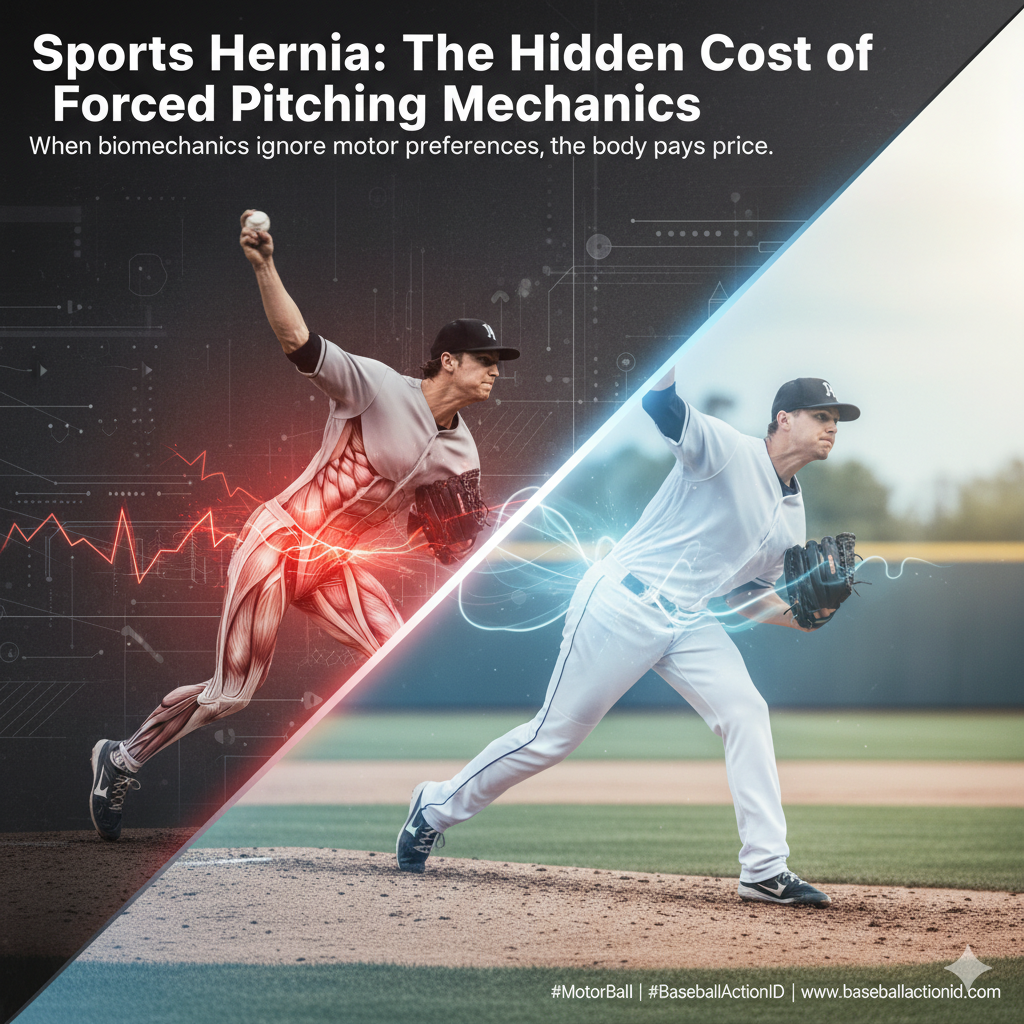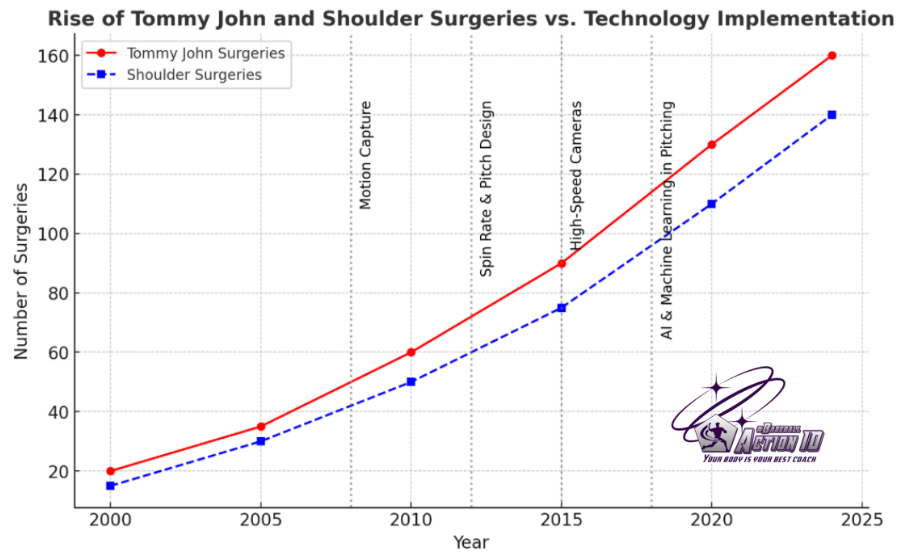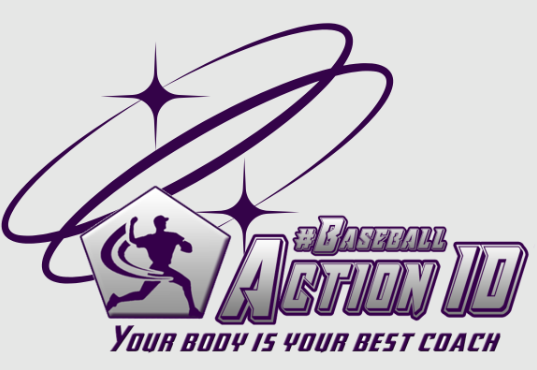Sports Hernia: The Hidden Cost of Forced Pitching Mechanics

In recent weeks, multiple pitchers have been sidelined with athletic pubalgia—commonly known as a sports hernia. While some might dismiss these injuries as bad luck or coincidence, the reality points to a systemic issue in how pitchers are trained and cued.
What is Athletic Pubalgia?
Athletic pubalgia is a painful condition affecting the groin and lower abdomen. Unlike a typical muscle strain, it involves chronic stress to the soft tissues of the pelvis, often aggravated by repetitive rotational movements in sports like baseball. Symptoms can include:
- Sharp groin pain during pitching or running
- Difficulty with explosive movements
- Lingering discomfort even at rest
For pitchers, this injury can be career-altering, forcing extended time off and slowing development.
Why It Happens
Traditional coaching cues often encourage pitchers to “hinge” at the hips—flexing aggressively to generate torque and velocity. But not every pitcher’s body is wired to hinge in the same way. Some pitchers naturally extend their hip flexors during the delivery. When their body is forced into a movement pattern that contradicts their natural blueprint, it creates chronic stress on the groin and lower abdomen—the exact tissues involved in athletic pubalgia.
In other words:
- 📌 Forcing the body against its natural wiring → chronic tissue stress → athletic pubalgia
- 📌 Ignoring individual motor preferences → preventable injury
This isn’t merely bad luck or an isolated incident. It is the predictable outcome of misalignment between imposed mechanics and an athlete’s innate coordination pattern.

The Bigger Picture
Every pitcher has a unique movement code—a natural coordination style, timing, and perception system. Biomechanical models and generalized mechanics may tell us what happens during a pitch, but they rarely explain why injuries like athletic pubalgia occur.
Ignoring a player’s natural blueprint doesn’t just risk temporary soreness—it can lead to serious, recurring injuries that affect career longevity. Coaches, players, and decision-makers need to understand: the body is not a machine to be forced; it is a system designed to move in harmony with its motor preferences.
Key Takeaways
- Athletic pubalgia is increasingly common in pitchers because of forced mechanics.
- Pain in the groin or lower abdomen is often a signal that the movement pattern conflicts with the player’s natural blueprint.
- Prevention starts with reading the player, not forcing mechanics.
🎯 Stop forcing mechanics.
🎯 Start reading the player.
🎯 Protect the groin. Prevent injury.

